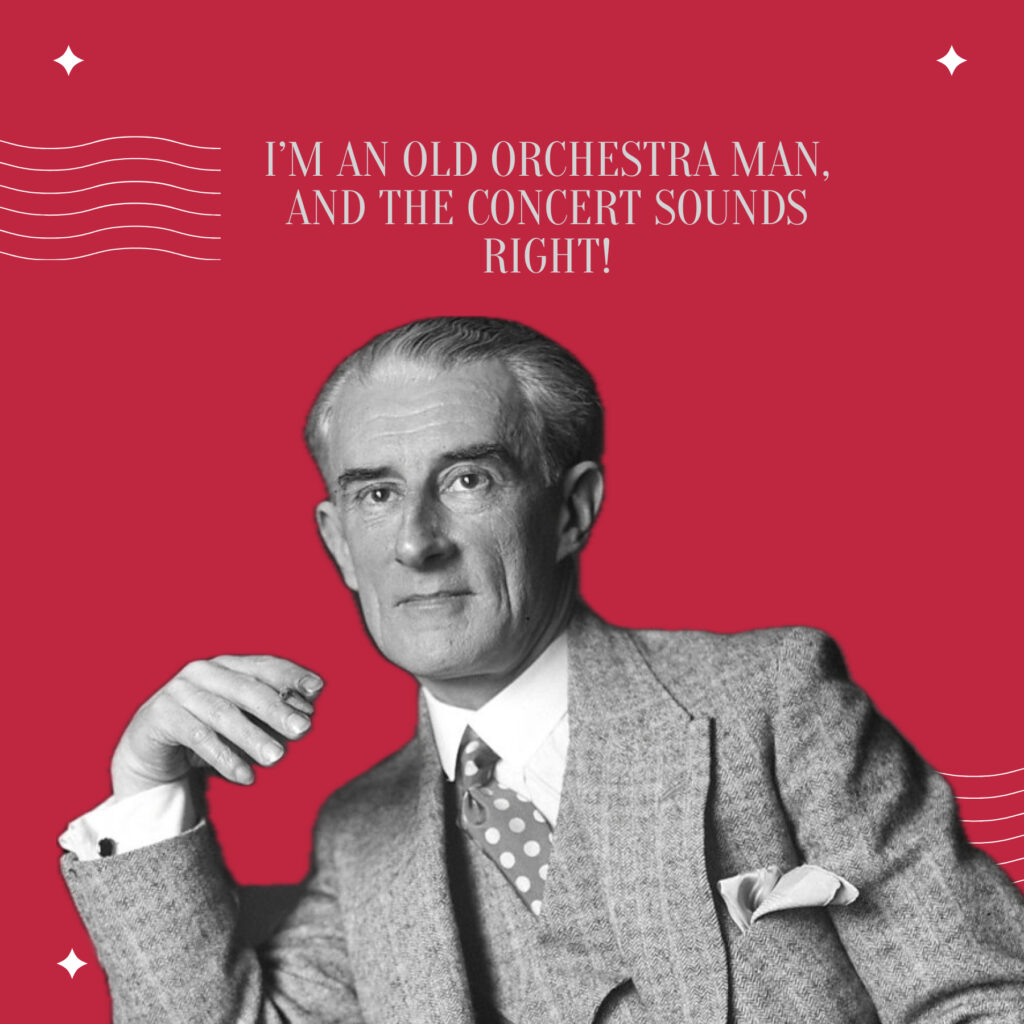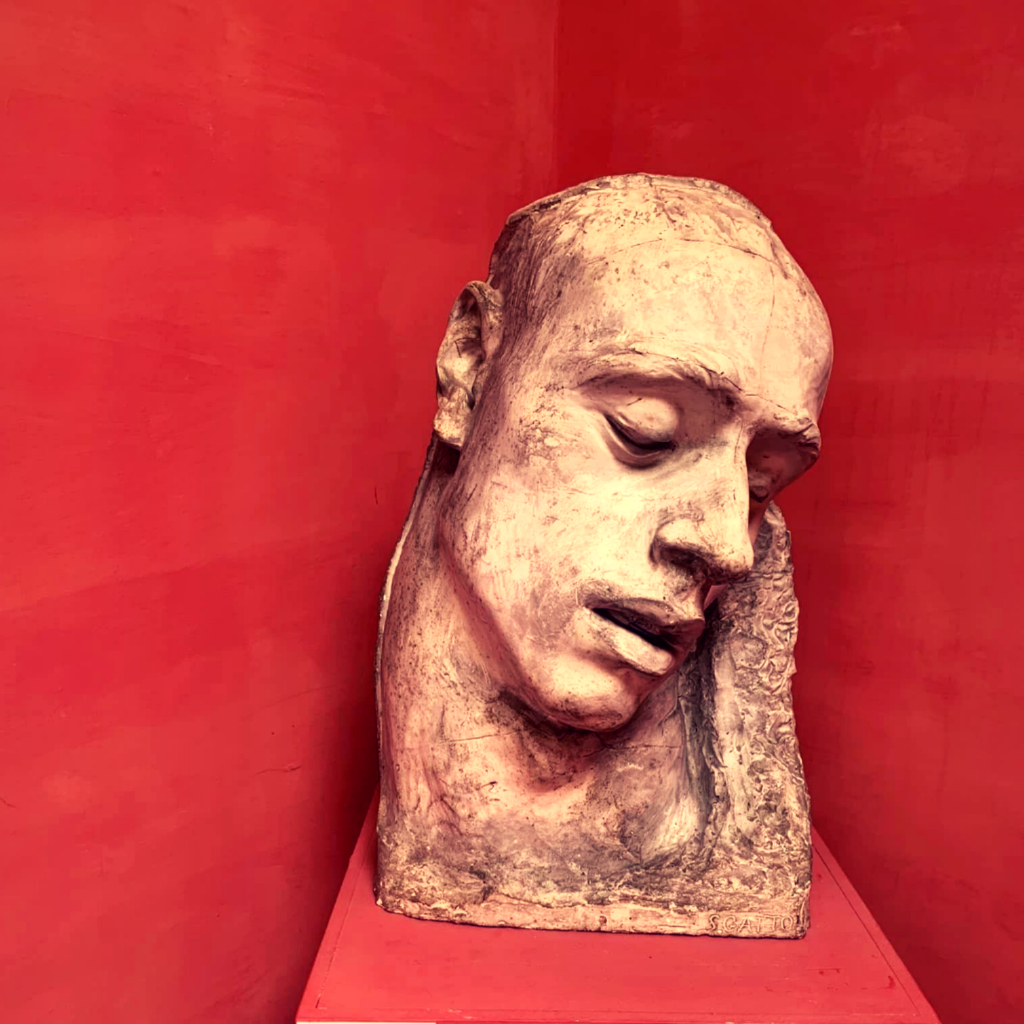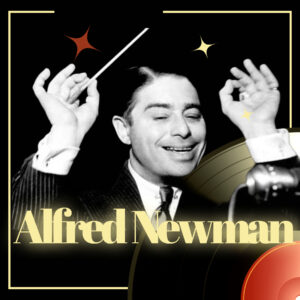
No one, including Maurice Ravel himself, could have predicted that this orchestral piece would be so popular. Ravel referred to his creation as follows: «This is not music at all». For Ravel «Bolero» became the peculiar work – and perhaps in this «not-music» we will find a solution to the life and fate of the composer.
Maurice Ravel was the son of the Swiss inventor Joseph Ravel, who never successfully implement any of his inventions. The attraction «Vortex of death», a prototype of roller coasters, did not take place due to continuous accidents and breakdowns. The family moved to Paris when Maurice was a child. He began studying music at an early age and entered the Paris Conservatory at the age of fourteen. Mandatory assignments, such as fugues and canons, bored him, but for several years he struggled to win the Rome Prize – each time unsuccessfully.
Once he was kicked out of the first round for «gross mistakes». Obviously, Maurice didn’t try very hard. Between competitions he wrote the magnificent «Pawana on the death of the infanta», this work is still gently loved by listeners.
For the fourth time, Ravel took part in the competition for the Prix de Rome at the age of thirty, having been awarded by the Parisian press. However, he was dropped in the first round, yet again. The French art world was outraged and accused the conservatory of being a dead traditionalist. Newspapers joined in, inflating the whole “Ravel case,” the press demanded the resignation of the director of the conservatory. As the dust settled, the conservatory changed directors and Ravel became a favorite of the artistic community.
Ravel was the center of attention. He was short, a little over five feet, and he made up for his height with stunning clothing in daring suits with exotic ties. Ravel absorbed the manners of refined aesthetics and associated closely with groups of artists and intellectuals called “Apache”. (“Apache” in Parisian slang for street guys, which includes Ravel’s circles of no influence; the word stuck to them after the company ran into a street vendor on the sidewalk, and he shouted to them: “Hey, you Apache, it’s easy !”).
Some of the “Apache” were homosexuals, which gives food for thought to some contemporary biographers of Ravel. One thing is certain: he was never married. Ravel himself wisely did not talk about his sexuality, but his outrageousness with wearing tights, a ballet tutu and dancing on tiptoe for the entertainment of his “Apache” friends could not but provoke chatter and rumors.
In addition, Ravel collaborated with the ballet impresario Sergei Diagilev, who at that time was having an intense affair with the dancer and choreographer Vatslav Nizjinski. For the troupe Diagilev Ravel created the ballet «Daphnis and Chloe» (1909, the first production – 1912), and he included in the score tense-protrusive passages, thus adapting the music to the high ballet jumps of Nizjinski.
In World War I, almost 40-year-old Ravel volunteered for the army. He was assigned to the automobile division and served as a truck driver. At the military base where he lived, there was not even a piano, but the composer refused more suitable living conditions. Although he was not able to make it to the front lines, Ravel saw enough of the horrors of the war, including the victims of the Battle of Verdun.
The fate of the young soldiers sent to the slaughter caused Ravel genuine sorrow. Even before the war, he began the piano suite «Le Tombeau de Couperin» – a work in which the composer intended to revive the elegant clarity of seventeenth-century music. Finishing «Le Tombeau de Couperin», Ravel dedicated each of the six pieces to one of the friends who died in the war.
After the war, Ravel’s fame was greatly enhanced. In January 1920, he was presented to the Legion of Honour, and he shocked everyone by renouncing the award. Ravel felt that other newly minted cavalrymen had achieved this honor through subversive games, and the composer did not want to be in line with them.
Diaghilev commissioned Ravel another ballet called «Waltz». While the composer was working on the score, Nizjinski broke Diagilev’s heart, getting married. The Impresario stopped all communication with the dancer, expecting his friends to do the same. Ravel, however, kept friendly relations with Nizjinski; Diagilev, seeing in this betrayal, rejected «Waltz».
Ravel engaged in other projects, including the opera «L’enfant et les sortilèges» – a surreal work with dancing chairs, singing cups and flying proteins. Dances in this opera were to be performed by the participants of the company «Russian ballet», and Ravel willy-neveloy had to make contact with Diagilev. The impresario and the composer met in the hotel lobby. Diagilev reached out, but in response Ravel suddenly challenged him to a duel.
The friends still persuaded the duelists to settle the matter in a good way – but only after Diagilev threatened to withdraw from the opera «L’enfant et les sortilèges». Diagilev died in 1929 without making peace with an old friend.
In 1927, Ravel was invited to tour the United States. The French dendi Ravel defeated the American public with both his appearance and his piano. One day, he didn’t go on stage for a long time because he had a monogrammed handkerchief somewhere. He spent his free time with George Gershwin, White Bartock, Mary Pickford and Douglas Fairbanks. In Harlem where Gershwin took him to listen to jazz, Ravel was astonished to look at cigarettes on a table with the inscription «weed».
In France, Ravel lived in the quiet town of Montfort-l’Amaury in a small house named by the composer «Belvedere». The house was overcrowded with all sorts of trinkets and handicrafts purchased at street fairs and second-hand shops. Ravel liked to buy worn-out, dirty canvases with some ointment and inform the guests that it was the original of Renoir or one of the old Italian masters. The quiet inhabitants of Montfort looked to the eccentric Ravel with a mixture of admiration and terror. After a reunion party for the composer from America, rumours spread in the town that Ravel’s guests, undressed, were indulging in an unbridled orgy. When one of his friends told Ravel this tale, the composer exclaimed: «What a mess, I swear!»
In 1928 Ravel created his most famous work – «Bolero». The current popularity of this work prevents us from realizing how strange it sounded to the composer’s contemporaries. About fifteen minutes one and the same melodic line in «Bolero» is repeated fifteen times. Only the orchestration varies, with different instruments alternating, either picking up the melody or joining a persistent rhythm.
«Bolero» brought Ravel a fortune: however, not everyone were fascinated by this music. Ravel’s brother claimed that at one of the first concerts he saw an old woman who, clinging to the back of the chair, shouted: «Madman! Madman!» She had no idea that her scream might contain a grain of truth. Ravel’s blackouts began in the mid-1930s. When he came to the beach one day, he suddenly realized that he had forgotten how to swim, just forgot how to do it. Sometimes Ravel could not remember names and had to resort to descriptions to convey what he wanted to say. The friends believed that the memory problems were caused by an accident on the road when Ravel’s taxi crashed into another car.
The composer was examined by the best neurologists, but was of little help. Finally in 1937, Ravel proposed an experimental operation. After the surgery, Ravel awoke briefly, called his brother, but then fell back into oblivion and died nine days later.
Today, the medics suggest that Ravel suffered from frontal-temporal dementia, a disease that causes atrophy of the frontal and temporal regions of the large cerebral hemispheres. The early stages of this disease are often characterised by a burst of creative activity; however, in this case, there is a tendency in creativity towards excessive ordering of elements and repetitions.
In 1929, Ravel received a very unusual order to write a piano concerto for one hand. The customer was Paul Wittgenstein, an Austrian pianist who lost his right hand on the front during World War I. Wishing to continue his singing career, Wittgenstein asked all the great composers of his time to write music exclusively for his left hand. Benjamin Britten, Paul Hindemith, Richard Strauss readily responded to this request, but the most famous «one-armed» product was «Concerto 2 re majeur for piano (for the left hand) and symphony orchestra» by Maurice Ravel.
Jazz intonation of the concert initially infuriated Wittgenstein. At the premiere, he dropped briefly, which made some changes to the music. Ravel didn’t hide his irritation. Wittgenstein remarked angrily:
-I’m an old pianist, and the concert doesn’t sound right!
-I’m an old orchestra man, and the concert sounds right! – Ravel parred.
Later Wittgenstein wrote to the composer: «The performer must not turn into a slave!» And what did Ravel say? «The performer is a slave!»
In time, Wittgenstein agreed with Ravel and began playing the concert as written. Few pianists had the courage to take on this very difficult work. However, Alfred Corto, a Swiss pianist, performed the concert with both hands, to Ravel’s great disappointment.
Ravel was particularly annoyed when orchestra conductors changed the pace of his writing. He fought for a long time with Toscanini, who tried to build up the pace in «Bolero», instead of keeping it unchanged as intended by the author. In the same way Ravel could not tolerate when the tempo in «Pavan on death» was reduced. One day, in rehearsal, the pianist was repeating phrases one by one and eventually slowed down the melody. Ravel jumped to the piano with a scream: «Listen, I wrote «Pawana on the death of the infanta», not «Death of the peacocks for the infanta!»



